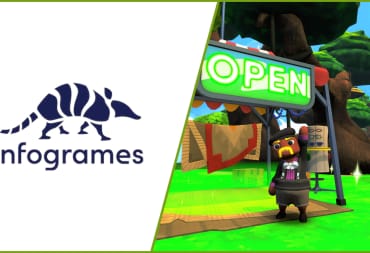At CES this year, it was expected that Nvidia would likely show off a new member of the Tegra family, i.e. Tegra 5.
Although we all knew this would be Kepler-based, we weren't expecting the behemoth of power that is the Tegra K1. To call this a Tegra 5 would be an insult to just how much of a progression it represents from the Tegra 4.

This CES will be marked as the year Nvidia moved from low-power, low-performance Tegra SoCs to insanely powerful laptop-level graphics in the form of the Tegra K1.
The Tegra K1 is more powerful than an Xbox 360 or PS3 (consoles we only just stopped using as actual fully-fledged gaming consoles; this thing will fit in a tablet!).
The K1 has 192 cores compared to the Tegra 4's 72, potentially offering more than double the performance of the previous SoC, which was already the fastest ARM-based SoC on the market.
This is thanks to the K1 being the first Tegra to be Kepler-based (Kepler being Nvidia's latest and greatest GPU architecture, which powered the insane Titan card last year).
The K1 will also include support for Unreal Engine 4 (Epic's brand new engine). At CES, Nvidia and Epic have been showing games and demos running smoothly and with incredible visual fidelity on Unreal Engine 4 (with only some small performance dips, from a prototype chip and software).
DX11 is also now supported, which will likely mean developers can use a few more toys in games optimized for Tegra via the Tegra zone once the K1 is released.
The demos from Nvidia show advanced lighting and other features from DX11.1 and OpenGL 4.4 to demonstrate real next-generation graphics, running on a mobile processor. The power provided here is phenomenal.
Lastly, this will be Nvidia's first 64-bit-based Denver ARM processor. There will be both 32-bit and 64-bit versions at release, however.
Current specifications are expected to be as follows. The Tegra K1 A15 variant will max out at 2.3GHz, while the Denver version will max out at 2.5GHz.
A release date in 2014's first half is expected for the A15 version, and the Denver version will likely arrive in the second half of 2014.
Only time will tell if this SoC will be well-adopted by OEMs or ignored like Tegra 4, as although performance is important, Qualcomm seems to be able to pull out all the stops to secure the big contracts, as shown by the company gaining the Nexus contract.







